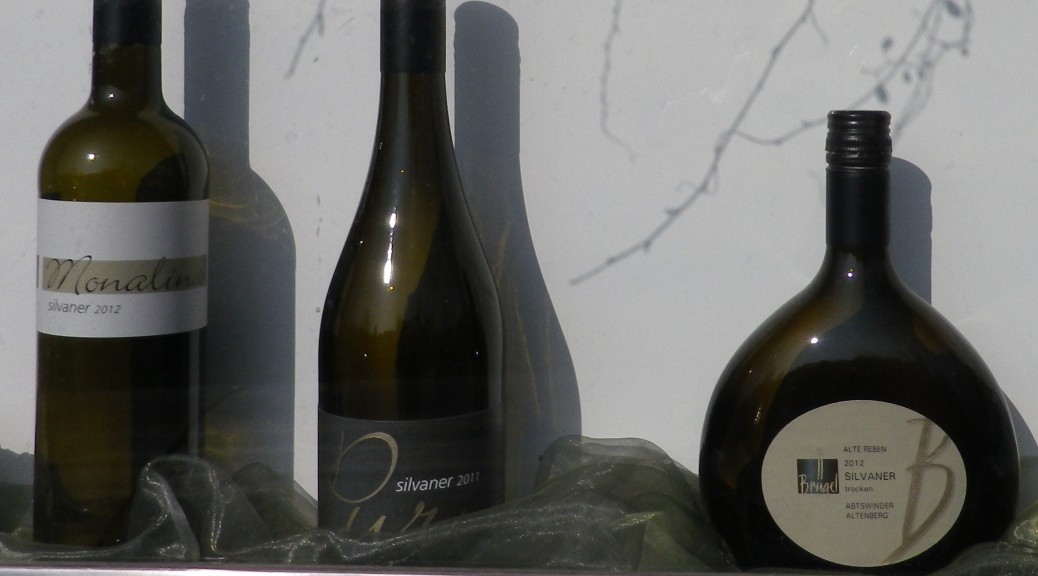What I Learned
This post focuses on the Steigerwald district of the Franconian wine region, and more specifically on the village of Castell.
The Franconian Wine Region has three distinct wine districts: The Mainviereck, the Maindreieck and the Steigerwald. Unlike the first two, the Steigerwald wine district is not located along the Main River. This means that the climate-moderating effects of a river do not apply here. And since here is in central Germany, spring frosts can come later, and fall frosts can come earlier, then elsewhere in this region.
There are six major Franconian white grape varietals. Riesling is the most planted varietal not only in Germany, but throughout Franconia as well. The Silvaner varietal has been grown in the Franconia area since the 17th century, and Castell was its first home in Germany. Scheurebe, a 1916 hybrid, is especially famed in the Steigerwald area. The Kerner varietal is important here as it does well against frost, in this, the only Franconian wine district not along the Main River. The two remaining varietals are the hybrids Mueller-Thurgau and Bacchus.
The Castell area wine tradition dates to the thirteenth century. The named vineyards of Hohnart, Trautberg, Reitsteig, and Schlossberg were certainly established by the mid-thirteenth century, and today help form the core of Castell’s Fuerstlich Castell’sches Domaenenamt (“the domain”) wine production, which is another aspect to note as you hike along the trail. The hike (albeit not necessarily the domain), also encompasses the Greuther Bastel vineyard, which also dates to at least the same time. Bausch, Kirchberg, and Kugelspiel are the other named vineyards along, or seen from, the trail, from which the domain makes its wines. Of these vineyards (Kugelspiel, Schlossberg, Bausch, Hohnart, and Greuther Bastel lying directly on the trail), three have southerly orientations, and two, Kugelspiel and Bausch, have northerly orientations.
The domain also belongs to the Verband Deutscher Praedikats und Qualitaetsweingueter (VDP) organization. It is an organization represented with wineries and vintners from all 13 German wine regions. Members of this organization adhere to stricter quality standards than those mandated by Germany’s wine laws. The VDP also established two quality classifications, the Grosses Gewaechs (Great Growth) and Erste Lage (First Class site) wines, to note the quality of certain growth sites. The domain in Castell offers selections of Erste Lage wines.
What I Tasted
2012 Silvaner, Casteller Kugelspiel, VDP Erste Lage, Castell: A dry white wine with light gold color; honey, vanilla and floral nose and flavors; surprisingly dry, with a mild acidity.
2012 Silvaner, Casteller Kirchberg, Qualtitaetswein, Castell: A dry white wine with a pale silver-gold color; neutral nose, yet with a slightly mineral taste of honey and toasted nuts; mild acidity.
2012 Scheurebe, Iphoefer Scheurebe, Kabinett, Han Wirsching: A dry white wine with medium gold color; mineral and spicy nose, slight honey and green apple flavors with floral hints. Complex and interesting; smooth, rich mouthfeel, with medium to heavy body and medium acidity. (Not a domain wine, but offered in the restaurant, so I jumped on the chance to try this respected vintner’s unusually esteemed Scheurebe wine.)
